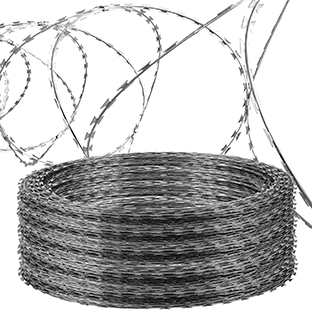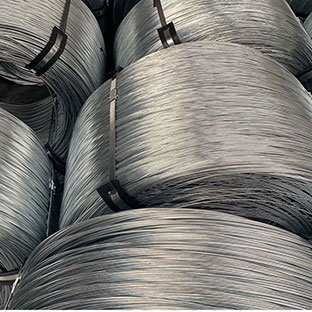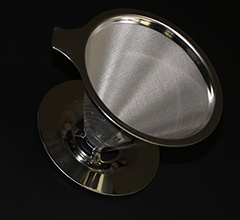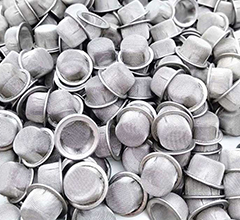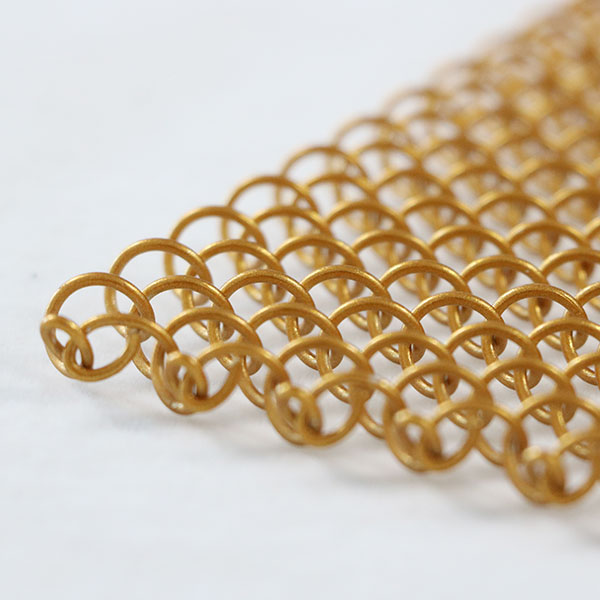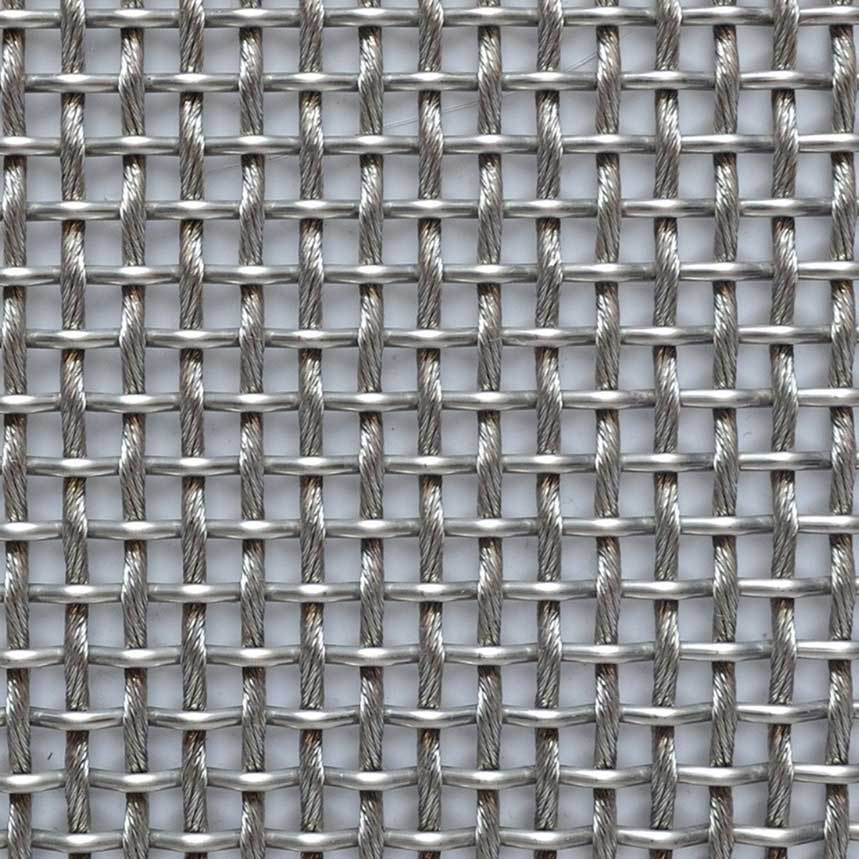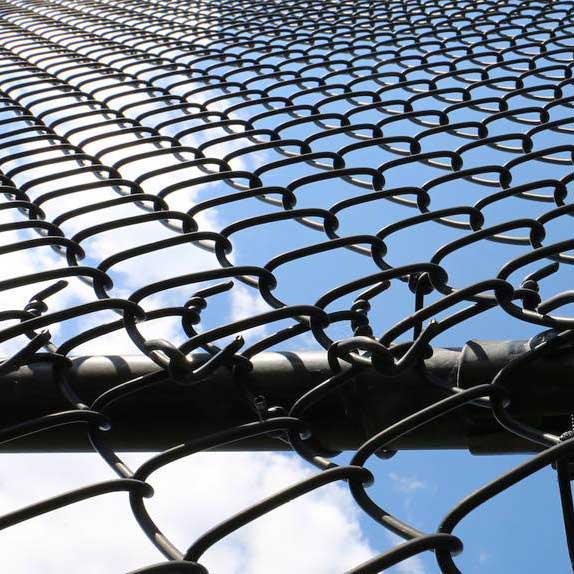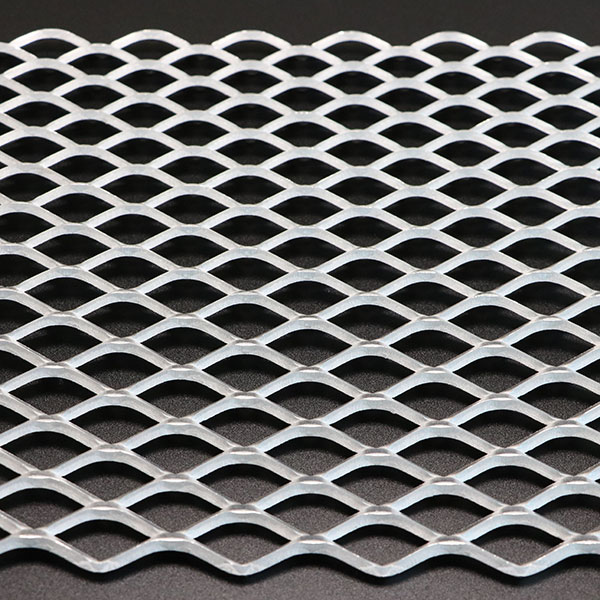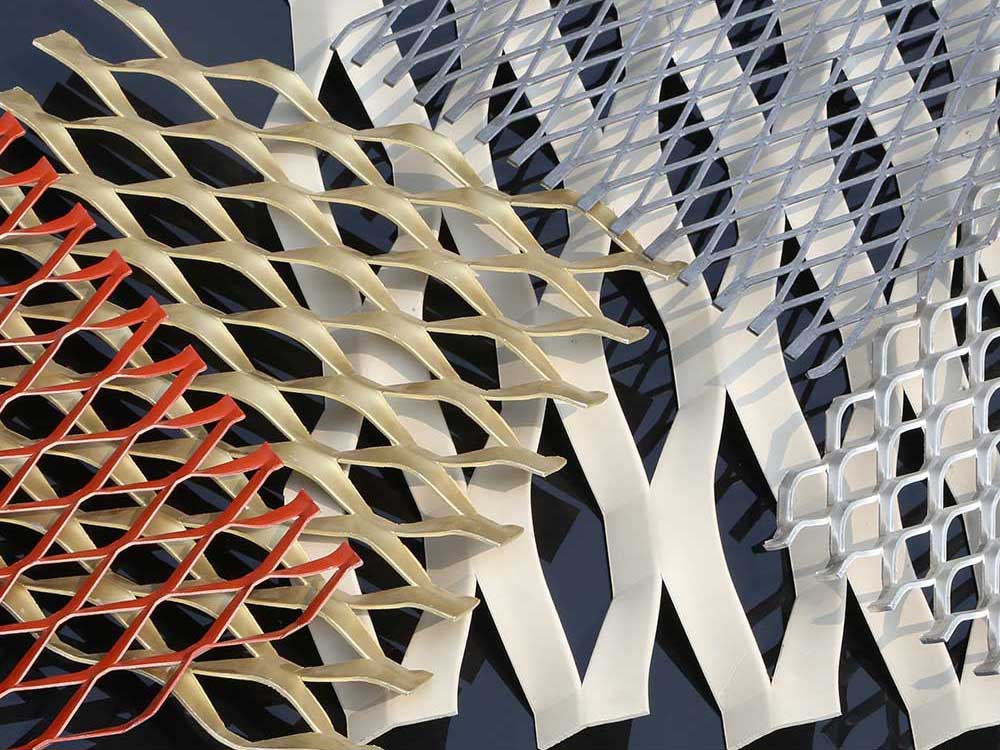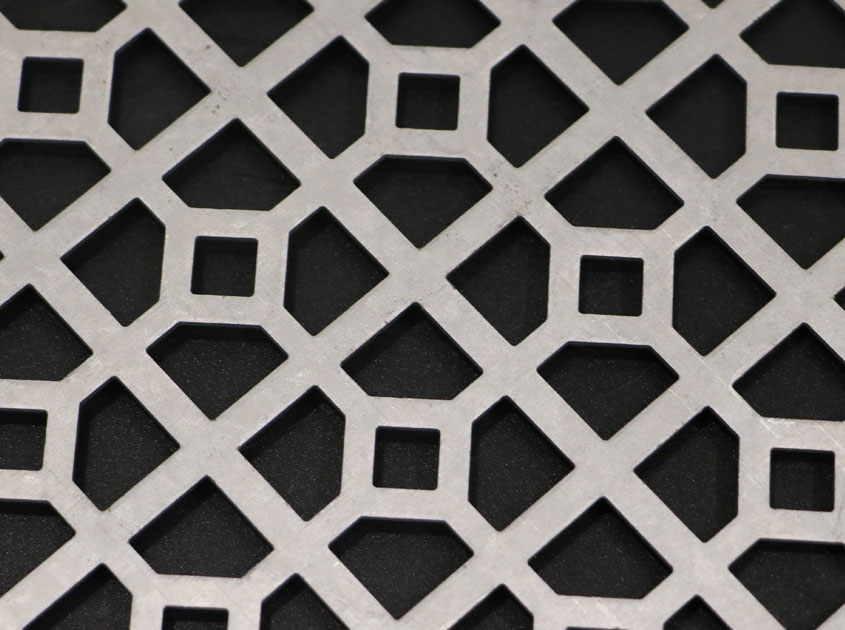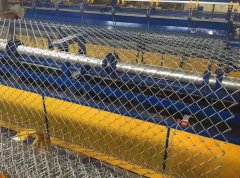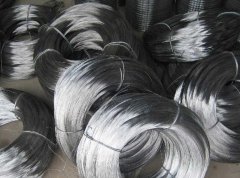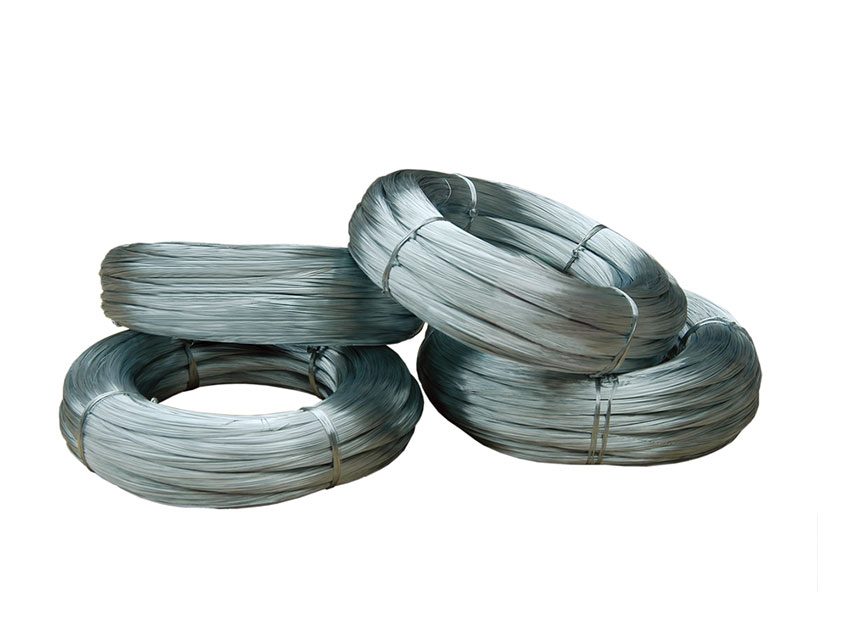
Hot-dip galvanized wire is made by pickling, phosphating, wire drawing, and galvanizing (hot-dip or cold-dip) of various high-quality medium-carbon steel or high-quality high-carbon steel. The hot-dip galvanizing process is pided into two categories: off-line annealing and in-line annealing, namely wet method (single steel plate hot-dip galvanizing method), off-line annealing (single steel plate hot-dip galvanizing method), hot-dip galvanizing wheeling (Wheeling) ) Method (continuous hot-dip galvanizing of strip steel), in-line annealing Sendzimir method (protective gas method), improved Sendzimir method, U.S. Steel Union method (same as Kawasaki method in Japan), Selas method And the Sharon method.
Cold galvanizing is also called electro-galvanizing. It uses electrolysis equipment to remove oil, pickling, and then put the pipe into a solution of zinc salt, and connect it to the negative electrode of the electrolysis equipment. Place a zinc plate on the opposite side of the pipe and connect it to the electrolysis. The positive pole of the equipment is connected to the power supply, and the directional movement of the current from the positive pole to the negative pole will deposit a layer of zinc on the pipe fittings. Cold-plated pipe fittings are processed first and then galvanized.
Cold galvanizing (electro-galvanizing): It is the galvanizing tank that makes the zinc gradually coat the metal surface through the unidirectional current. The production speed is slow, the plating layer is uniform, the thickness is thin, usually only 3-15 microns, and the appearance is bright, smooth and beautiful. High degree, poor corrosion resistance, usually rusting in a few months.
Differentiation: The coating of hot-dip galvanizing is thicker, generally 30-60 microns, and the coating has a higher anti-corrosion ability. It is suitable for long-term rust prevention of iron and steel parts for outdoor work, such as highway fences, power towers, large-size fasteners and other relatively "rough" workpieces. The surface of hot-dip galvanized steel wire is smooth, smooth and free of cracks, knots, thorns, scars and rust. The galvanized layer is uniform, strong adhesion, durable corrosion resistance, excellent toughness and elasticity.
The tensile strength should be between 900Mpa-2200Mpa (wire diameter Φ0.2mm-Φ4.4mm). The number of torsion (Φ0.5mm) should be more than 20 times, and the repeated bending should be more than 13 times. The thickness of electro-galvanization is relatively thin, usually only 3-15 microns, and the appearance is bright, smooth, high in aesthetics, and poor in corrosion resistance. Generally, it will rust in a few months.


.jpg)




.png)






































